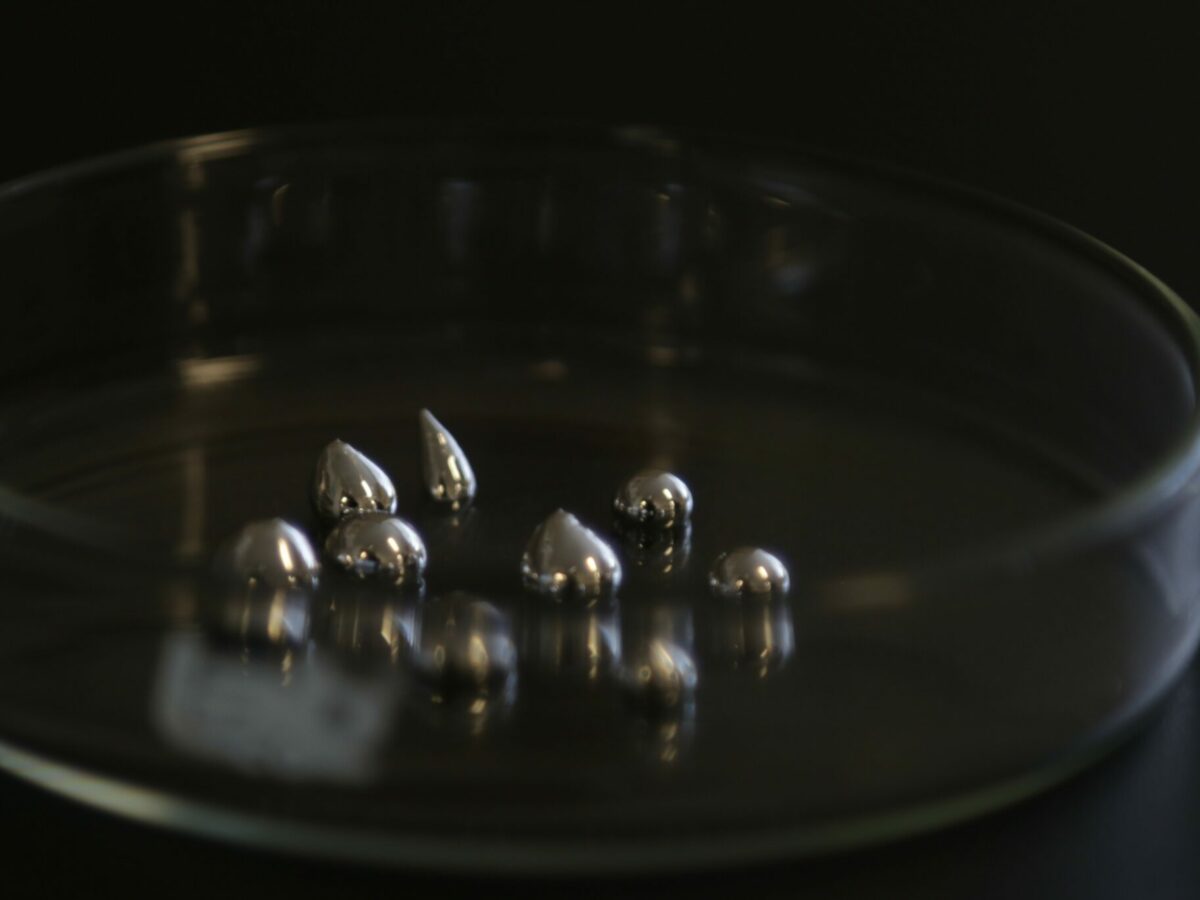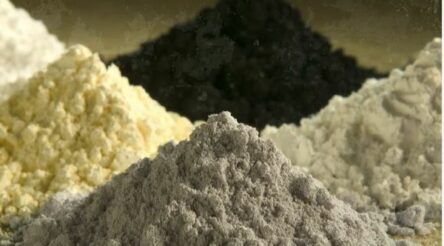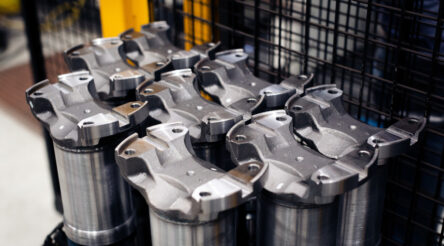Liquid metal research shows new way to cut emissions in chemical industry

Australian researchers are pursuing low-temperature, liquid metal-based catalysts as a way to make the chemical industry less emissions-intensive.
In a paper published in Nature Nanotechnology on Friday, the team of Professor Kourosh Kalantar-Zadeh, Dr Junma Tang and Dr Arifur Rahim showed how nickel and tin could be dissolved in a gallium-based liquid metal to access these as catalysts at low temperatures. (The work also involved staff from RMIT University and UCLA in the United States.)
The gallium metal used has a melting point of only 30 degrees centigrade.
Catalysts are used in chemical manufacture to speed up reactions. According to a statement from the University of Sydney, this is achieved by methods dating back to the 20th century, which are energy-intensive and use solid materials.
“By dissolving nickel in liquid gallium, we gained access to liquid nickel at very low temperatures – acting as a ‘super’ catalyst. In comparison solid nickel’s melting point is 1455 degrees centigrade. The same effect, to a lesser degree, is also experienced for tin metal in liquid gallium,” explained Dr Junma Tang, a researcher who works jointly at the University of Sydney and UNSW.
The release explains that atoms in liquid metals “are more randomly arranged and have greater freedom of movement” than they do in solids, which allows them to more easily come into contact with, and participate in, chemical reactions.
“Theoretically, they can catalyse chemicals at much lower temperatures – meaning they require far less energy,” said Kalantar-Zadeh, the Head of the School of Chemical and Biomolecular Engineering at the University of Sydney.
“Our method offers an unparalleled possibility to the chemical industry for reducing energy consumption and greening chemical reactions.”
Picture: credit University of Sydney/Philip Ritchie
@aumanufacturing Sections
Analysis and Commentary Awards Defence Manufacturing News Podcast Technology Videos










